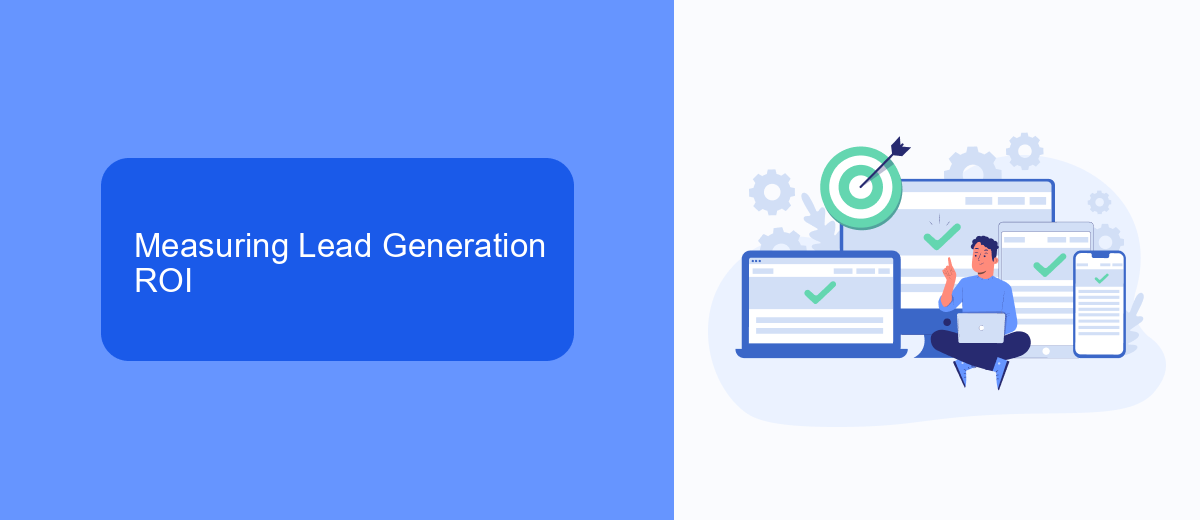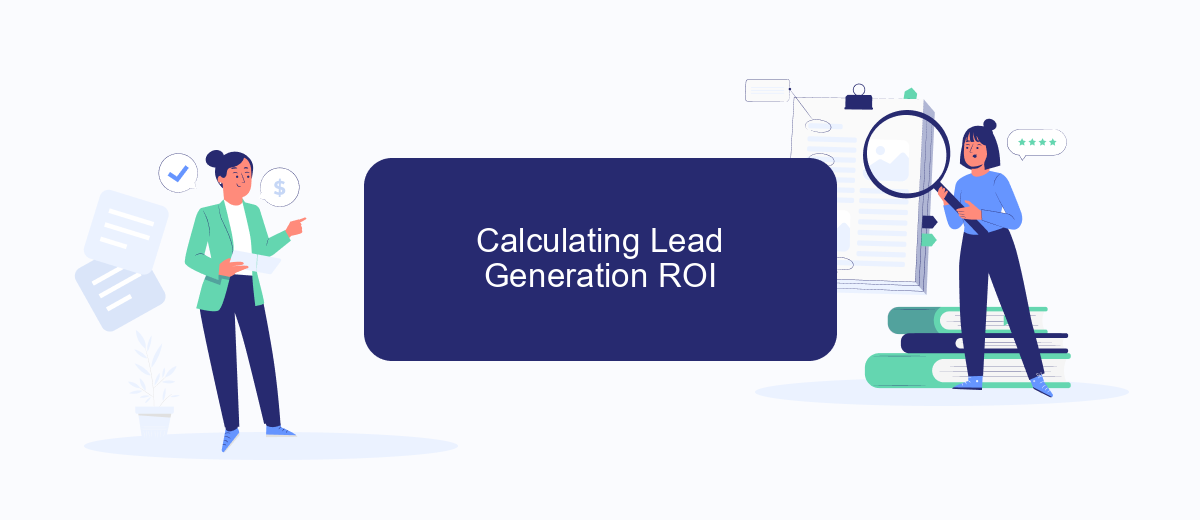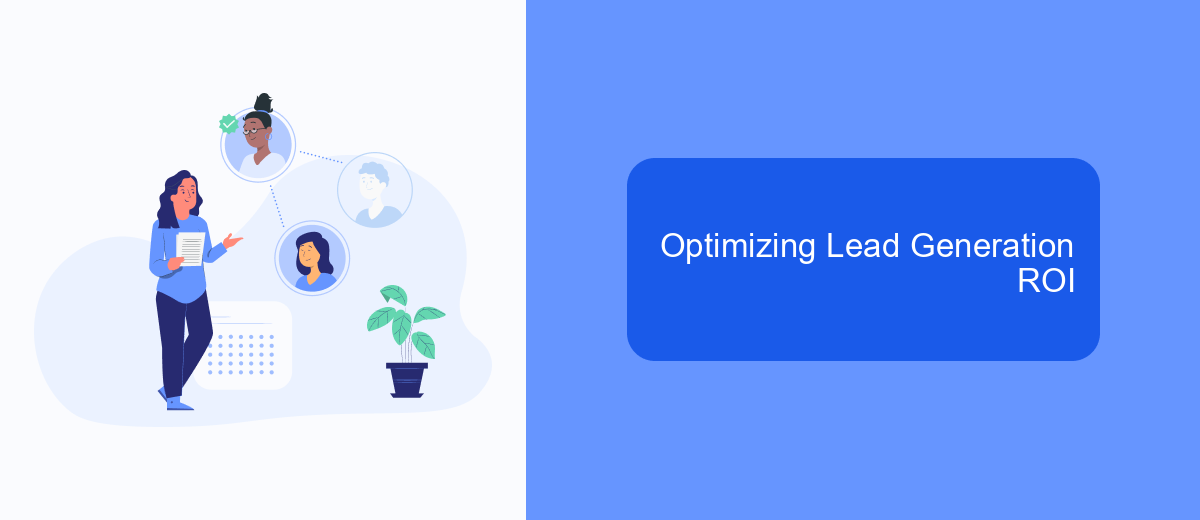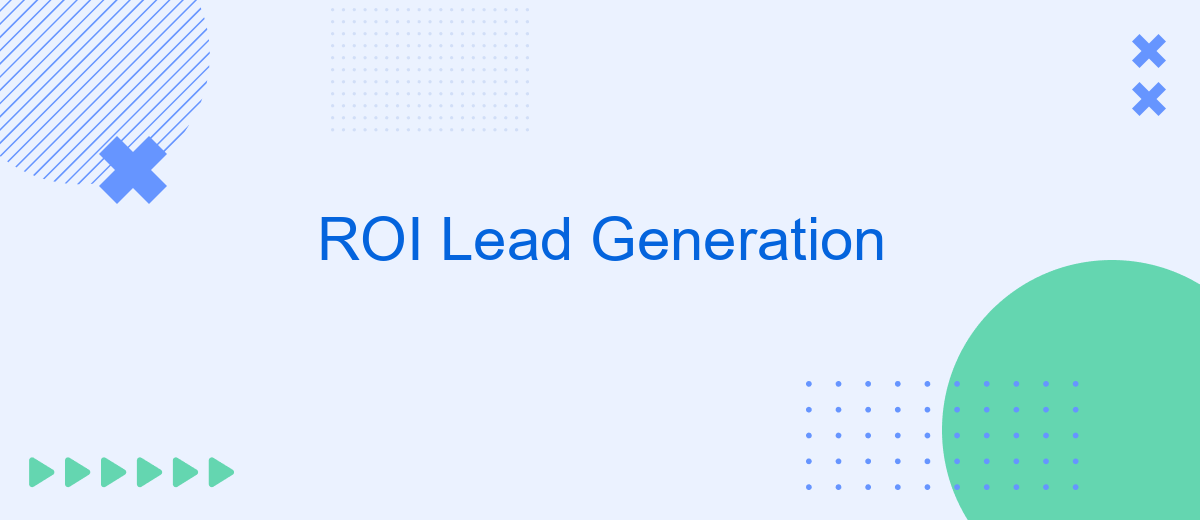In today's competitive business landscape, measuring the return on investment (ROI) for lead generation efforts is crucial for optimizing marketing strategies and ensuring sustainable growth. By understanding the effectiveness of various lead generation channels, businesses can allocate resources more efficiently, enhance customer acquisition, and ultimately drive higher revenues. This article delves into the key metrics and best practices for maximizing ROI in lead generation.
Understanding ROI in Lead Generation
Understanding ROI (Return on Investment) in lead generation is crucial for businesses to measure the effectiveness of their marketing efforts. ROI helps companies determine the profitability of their lead generation campaigns by comparing the revenue generated from leads to the costs incurred in acquiring them.
- Calculate the total revenue generated from leads.
- Determine the total cost of lead generation activities.
- Use the formula: ROI = (Revenue - Cost) / Cost.
- Analyze the results to identify areas for improvement.
Integrating various tools and platforms can significantly enhance the efficiency of lead generation and ROI tracking. Services like SaveMyLeads simplify the process by automating lead data transfer between different systems, ensuring timely and accurate information flow. This automation reduces manual effort and errors, leading to better decision-making and optimized marketing strategies.
Measuring Lead Generation ROI

Measuring the ROI of lead generation efforts is crucial for understanding the effectiveness of your marketing strategies. Start by tracking key metrics such as conversion rates, cost per lead, and customer lifetime value. These metrics provide insights into how well your campaigns are performing and help identify areas for improvement. Utilize tools like Google Analytics and CRM systems to gather accurate data and analyze trends over time.
Integrating various marketing platforms can streamline the process of measuring ROI. Services like SaveMyLeads can automate data collection and integration, ensuring that all your leads are tracked and managed efficiently. By setting up automated workflows, you can reduce manual efforts and focus on optimizing your campaigns. Regularly reviewing and adjusting your strategies based on the collected data will help maximize your lead generation ROI and drive sustainable growth for your business.
Calculating Lead Generation ROI

Calculating the ROI of your lead generation efforts is crucial for understanding the effectiveness of your marketing strategies. To get an accurate measure, follow these steps:
- Determine the total cost of your lead generation campaigns, including advertising, tools, and labor.
- Calculate the total revenue generated from the leads acquired through these campaigns.
- Subtract the total cost from the total revenue to find your net profit.
- Divide the net profit by the total cost and multiply by 100 to get the ROI percentage.
Using tools like SaveMyLeads can streamline this process by automating data collection and integration across various platforms, ensuring you have accurate and up-to-date information. This not only saves time but also enhances the precision of your ROI calculations, allowing you to make more informed decisions about your marketing spend.
Optimizing Lead Generation ROI

Optimizing Lead Generation ROI requires a strategic approach that combines both technological tools and best practices in marketing. By focusing on the quality of leads rather than the quantity, businesses can ensure that their marketing efforts translate into meaningful results.
One of the most effective ways to improve lead generation ROI is through the use of automation and integration tools. These tools can streamline the process of capturing and nurturing leads, making it easier to convert prospects into customers. SaveMyLeads, for example, offers seamless integration between various marketing platforms, allowing businesses to automate lead management and ensure no potential customer falls through the cracks.
- Utilize advanced analytics to track and measure lead quality.
- Implement A/B testing to optimize marketing campaigns.
- Leverage automation tools like SaveMyLeads for efficient lead management.
- Focus on personalized content to engage and convert leads.
By adopting these strategies, businesses can not only enhance their lead generation efforts but also maximize their return on investment. Continuous evaluation and adaptation of these practices will ensure sustained growth and success in the competitive market landscape.


Case Studies and Best Practices
One notable case study involves a B2B SaaS company that significantly improved its ROI on lead generation by integrating SaveMyLeads into their marketing strategy. By automating the lead capture process and seamlessly connecting various marketing platforms, they were able to reduce manual data entry and errors. This not only saved time but also ensured that leads were promptly followed up, resulting in a 30% increase in conversion rates and a 20% reduction in customer acquisition costs.
Another best practice comes from an e-commerce business that utilized SaveMyLeads to bridge the gap between their social media campaigns and CRM system. By setting up automated workflows, they ensured that every lead generated from Facebook and Instagram ads was instantly transferred to their CRM. This real-time integration allowed their sales team to act swiftly, enhancing customer engagement and boosting sales by 25%. These examples highlight the importance of leveraging automation tools like SaveMyLeads to optimize lead generation efforts and maximize ROI.
FAQ
What is ROI in lead generation?
How can I improve my ROI in lead generation?
What metrics should I track to measure ROI in lead generation?
How does automation impact ROI in lead generation?
What are some common challenges in achieving a high ROI in lead generation?
Use the SaveMyLeads service to improve the speed and quality of your Facebook lead processing. You do not need to regularly check the advertising account and download the CSV file. Get leads quickly and in a convenient format. Using the SML online connector, you can set up automatic transfer of leads from Facebook to various services: CRM systems, instant messengers, task managers, email services, etc. Automate the data transfer process, save time and improve customer service.
